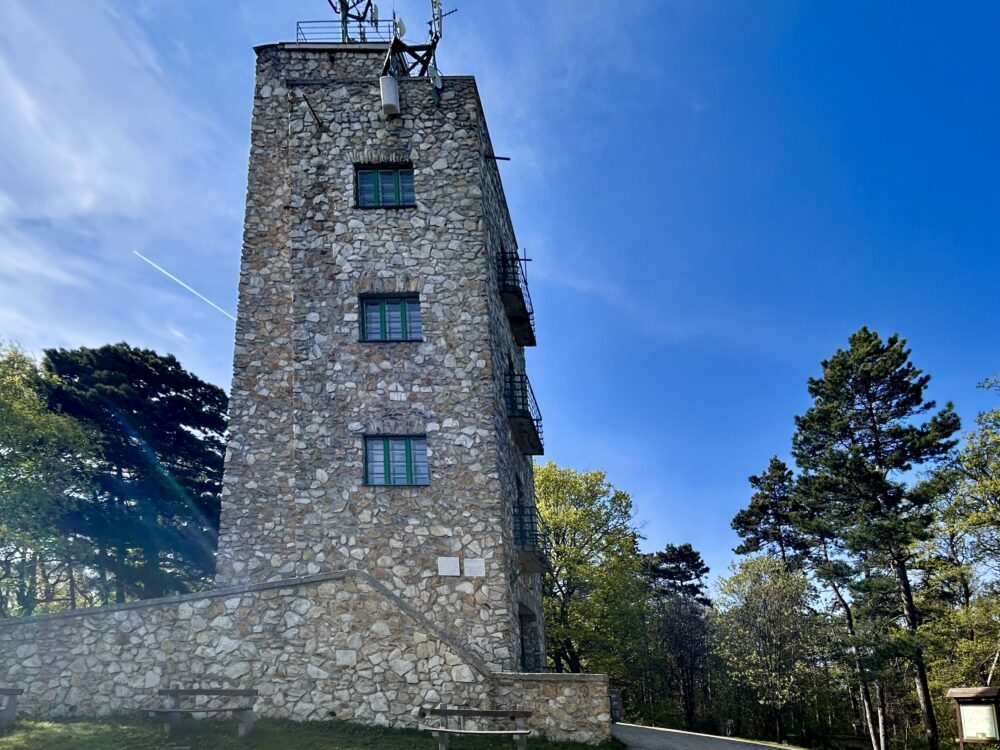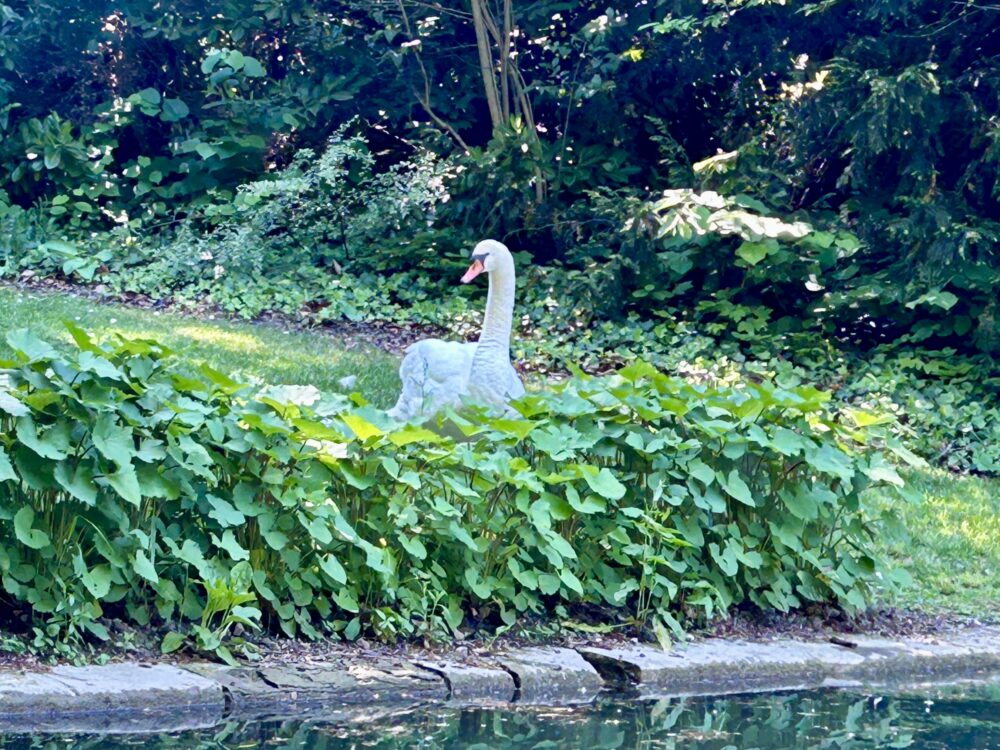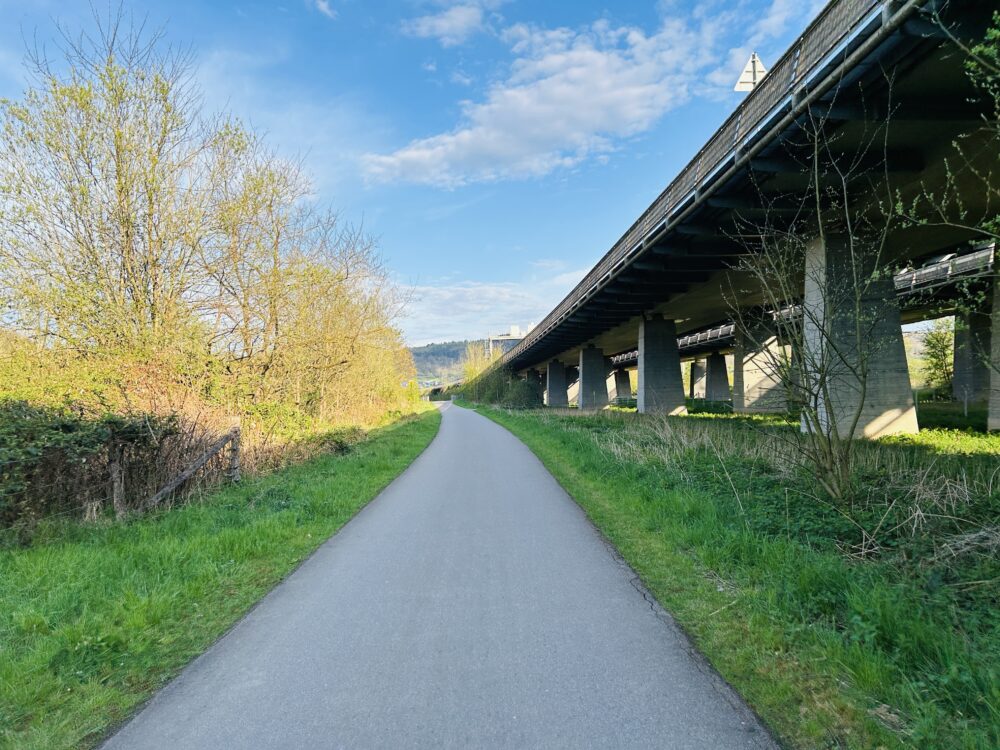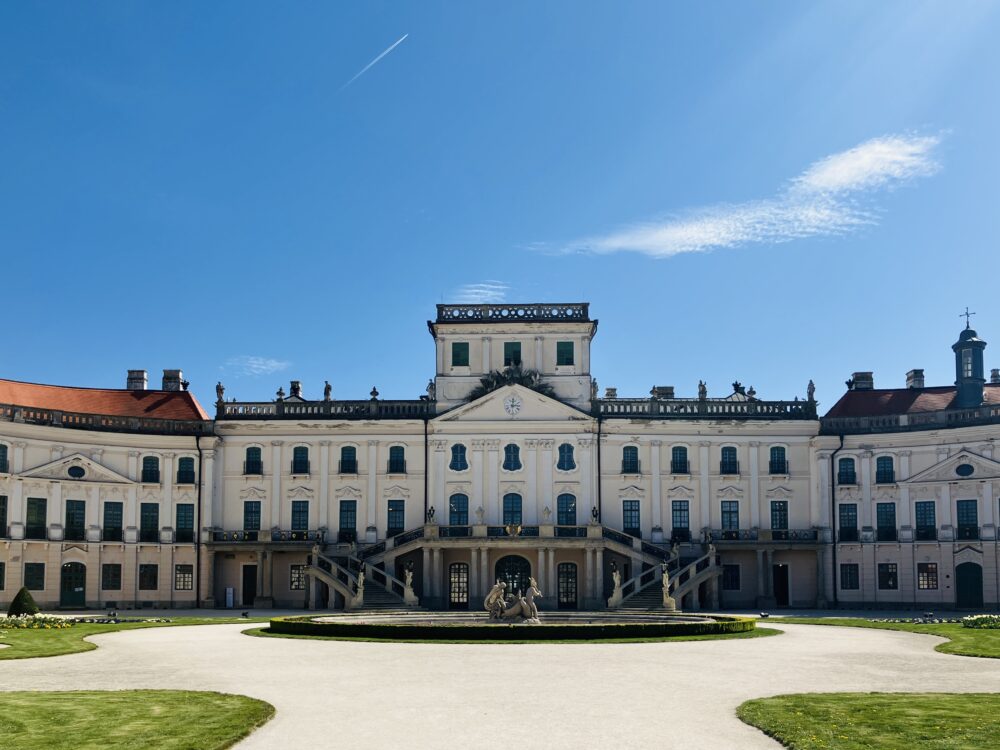Throughout literature and cinema, the act of crossing a bridge has often served as a powerful metaphor, symbolising the passage from one phase of life to another, or a transformation of the self. This potent symbol has appeared in countless narratives, leaving its mark on the collective consciousness of humanity.
Literary Reflections on Bridges
In the realm of poetry and novels, bridges have frequently been featured as metaphors for transition and transformation. Take, for instance, the works of the renowned poet T.S. Eliot, who often used bridges to represent moments of crisis or change. The crossing of a bridge becomes an allegory of personal growth, a transition from a state of innocence to one of experience, or the passage from confusion to clarity.
Similarly, in literature, bridges often serve as the setting for pivotal moments of decision or revelation. For example, in Gabriel García Márquez’s “Love in the Time of Cholera,” the crossing of a bridge signifies a turning point in the characters’ lives, a moment of choosing love over fear.
Bridges in Film
In cinema, one of the most iconic examples is “The Bridge on the River Kwai,” a film that symbolises the tensions and eventual cooperation between opposing forces. The bridge itself becomes a metaphor for the struggles of war, the sacrifices made, and the resilience of the human spirit. It’s a testament to the complexity of human nature and the bridges we must often build in our own lives, sometimes against all odds.
Ancient Cultural Significance
The imagery of bridges extends beyond modern storytelling into ancient cultures. In mythology, bridges often served as the connection between worlds—the human and the divine. The Rainbow Bridge in Norse mythology, Bifröst, is a symbol of the connection between Earth and Asgard, the realm of the gods. In this context, bridges are not only physical structures but also spiritual connectors, facilitating journeys to higher realms of understanding.
In Chinese culture, the “Bridge of Magpies” in the Qixi Festival, also known as the “Chinese Valentine’s Day,” represents a reunion between the separated lovers, Zhinü and Niulang, symbolising love and connection across boundaries.
In Japanese folklore, bridges are often associated with spiritual journeys and transformations. The famous tale of “The Bridge at the Border,” where a bridge acts as a boundary between the living world and the spirit world, signifies the journey of the soul.
Bridges in ancient cultures often represented the transition from life to death, the crossing into the afterlife. This duality of meaning—as both a literal and spiritual journey—underscores the profound impact bridges have had on human thought and storytelling.
The metaphor of crossing a bridge continues to resonate deeply in our collective psyche, symbolising growth, change, and the journey into the unknown.
#MetaphoricBridges #SymbolsInCulture #JourneyBeyond #BridgeOnTheRiverKwai #PoeticImagery













